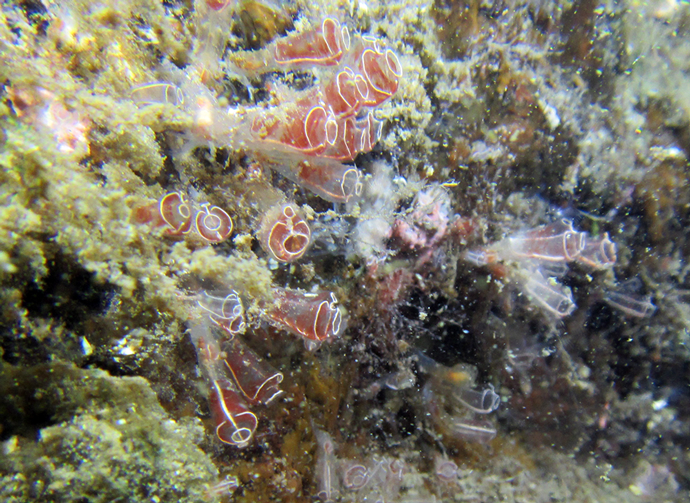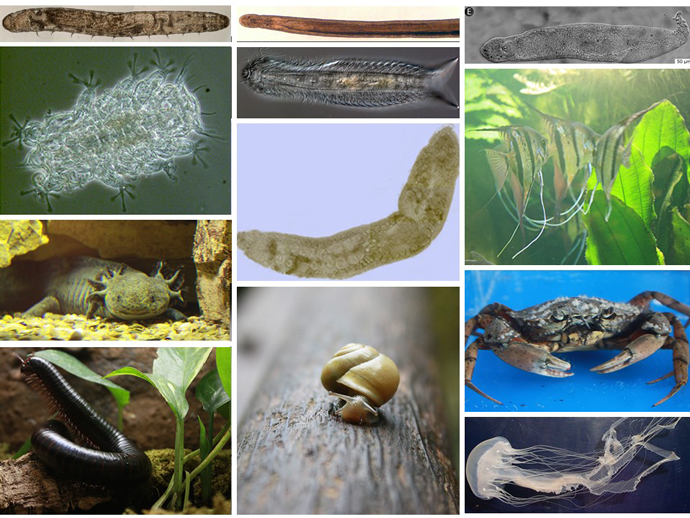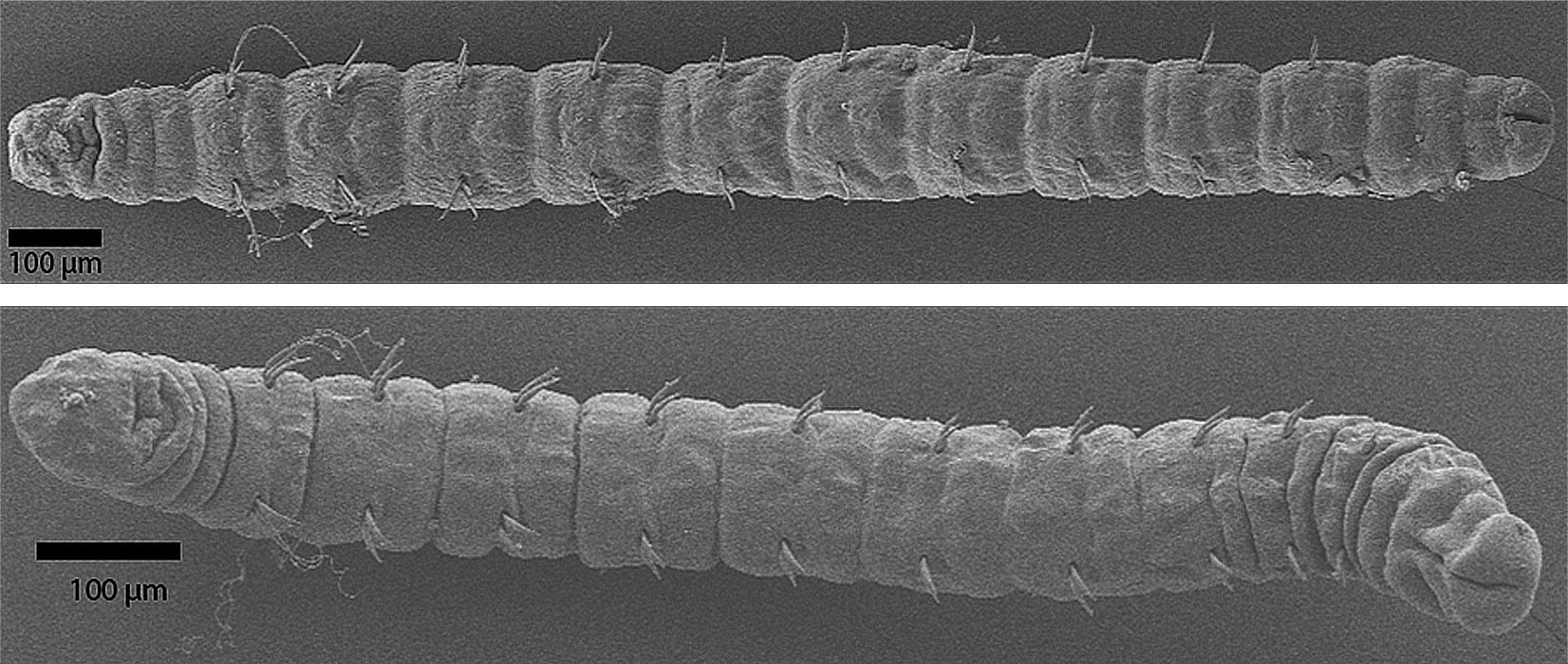Climate change, biodiversity crisis, and landscape fragmentation – we are living in times with extensive and fast global changes. Similarly, research questions in evolution and taxonomy center predominantly around change and adaptation to new conditions. In these cases, it is generally assumed that the original state, against which the change is contrasted, is relatively stable. With respect to the global crises, this relatively stable state is the one to which we should return to be able to stabilize and fight the global changes. It is understandable that this emphasis on change has been prevalent in biology since Humboldt and Darwin. Since then, the view on nature has slowly changed from being static to being dynamic. As a consequence, research clearly focuses on the latter, while the former is taken for granted and as the default situation. Accordingly, research on the stability of biological systems at different levels of organization has been sparse.

Borders in biology are fluid at all levels of organizations. It is therefore often difficult to decide at which point one system is in the one state and which one it is another state. This is true for both the temporal and the spatial dimension. For example, what separates one species from another? What one ecosystem from another? Which are the shared genomic features of a species/group of species/higher taxonomic units and which ones are the variable ones? To understand the stability of a system and if it is truly stable or just appears so, one has also to look at the boundary of this system. Where and how does it discontinue from other systems at this level of organization in both time (i.e., ancestral similar systems) and space (i.e., from contemporary similar systems)? Research on the discontinuity of systems therefore has to complement any research on stability of systems.
Overarching questions on STAbility and DIScontinuity (STADIS)
- What characterizes a stable biological system?
- How is it discontinuous from other biological systems (stable or unstable)?
- How is stability and discontinuity of the system maintained?
- What happens with the system when stability and discontinuity break down?
In the STADIS hub, we aim at addressing these and other questions at different levels of biological organization. We also aim to highlight the interconnections and dependencies of these different levels. We want to look at three levels in this hub using empirical and experimental data as well as work on the theoretical and methodological foundation. The first level of biological organization is the level of genes and genomes as these are essentially the units of inheritance (Subtopic 1). They pass on information through generations and time and despite some epigenetic effects in the end, any evolutionary change needs to be encoded within them to be available for future generations. The second level of organization is the phenotypes and species (Subtopic 2). Broadly spoken, the phenotype and hence the species expresses the encoded genetic information anew in each generation. Each time, the phenotype has to stand the test of time. Specifically, it has to prove that is adapted to the prevalent conditions in its environment. The third level is the one of communities and ecosystems (Subtopic 3). This is the level complementing the level of the phenotype and species. Instead of from only looking from the individual phenotype or species perspective, it looks at the general interactions of all the different species with each other and the physical environment. The Subtopic 4 will then look at the theoretical foundations of stability of systems from a general perspective both being informed by the empirical results and providing models to analyze the empirical data. Herein, we will also develop new methods, both in the lab and in silico, on how to study our objects and especially using the extensive material from our and other biological and paleontological collections around the world. Collections are a treasure trove for this kind of research as they provide a huge diversity of specimens, species, and habitats across historical and geological times. For example, unlocking these collections for DNA-based research as conducted in Subtopic 1 will be a huge gain not only for the hub, but also for science in general.

Besides research within each work package, research questions at their interconnections and overlap between the different levels shall be addressed and are especially interesting. We call this the mismatch area, as the questions will comprise situations where there is discontinuity at one level and stability at the other. For example, in the case of cryptic species, how does the discontinuity at the genetic level and the ongoing speciation affect the seemingly stable phenotype? How much speciation and genetic differentiation is possible without altering the phenotype? Another example would be to ask how much extinction, arising of new species or migration of species by human activity or not is possible without affecting the stability of the ecosystem or community? One can also ask if hybridization occurs more often when a species goes extinct. This is an expectation, derived from the selfish gene hypothesis, as each gene would “see” to change its genetic background to survive. Alternatively, would the receiving host species fight against the new genetic material?

In addition to providing a better understanding of stability in biology, especially in evolution and ecology, the results of the STADIS hub will also contribute towards solutions to the climate change challenges and biodiversity crisis. The results will allow tailoring efforts more effectively towards stable and sustainable solutions. The results, especially of Subtopic 4, will contribute to a better understanding of system stability. This will have an impact on research beyond the STADIS hub, evolution and ecology. Other disciplines such as system biology, system science, social sciences and any science of systems also have to take stability of the system into account. Our results will show how systems become stable, maintain stability and what happens when the stability discontinues.
A first goal of the STADIS hub is now to work out the concrete goals and objectives of the work packages. The details for this work package are still under development and the webpage is still under construction.